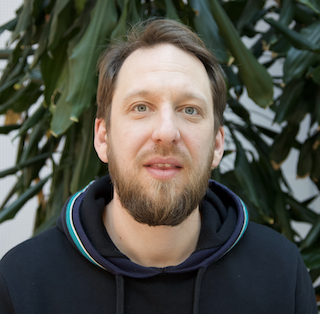Explaining news spreading phenomena in social networks
Published in Technische Universitaet Berlin (Germany), 2022
When a high-ranking British politician was falsely accused of child abuse by the BBC in November 2012, a wave of short messages followed on the online social network Twitter leading to considerable damage to his reputation. However, not only did the politician’s image suffer considerable damage, moreover, he was also able to sue the BBC for £185,000 in damages. On the relatively new media of the internet and specifically in online social networks, digital wildfires, i.e., fast spreading, counterfactual or even intentionally misleading information occur on a regular basis and lead to severe repercussions. Although the example of the British politician is a simple digital wildfire that only damaged the reputation of a single person, there are more complex digital wildfires whose consequences are more far-reaching. This thesis deals with the capture, automatic processing, and investigation of a complex digital wildfire, namely, the Corona and 5G misinformtionsevent - the idea that the COVID-19 outbreak is somehow connected to the introduction of the 5G wireless technology. In this context, we present a system whose application allows us to acquire large amounts of data from the online social network Twitter and thus create the database from which we extract the digital wildfire in its entirety. Furthermore, we present a framework that provides the playing field for investigating the spread of digital wildfires. The main findings that emerge from the study of the 5G and corona misinformation event can be summarised as follows. Although published work suggests that a purely structure-based analysis of the information spread allows for early detection, there is no way of predictively labelling spreading information as probably leading to a digital wildfire. Digital wildfires do not emerge out of nowhere but find their origin in a multitude of already existing ideas and narratives that are reinterpreted and recomposed in the light of a new situation. It does not matter if ideas and explanations contradict each other. On the contrary, it seems that it is the existence of contradictory explanations that unites supporters from different camps to support a new idea. Finally, it has been shown that the spread of a digital wildfire is not the result of an information cascade in the sense of single, particularly influential short messages within a single medium. Rather, a multitude of small cascades with partly contradictory statements are responsible for the rapid spread. The dissemination media are diverse, and even more so, it is precisely the mix of different media that makes a digital wildfire possible.
Bibtex
@book{schroeder2022explaining,
title={Explaining News Spreading Phenomena in Social Networks: From Data Acquisition and Processing to Network Analysis and Modelling},
author={Schroeder, Daniel Thilo},
year={2022},
publisher={Technische Universitaet Berlin (Germany)}
}
